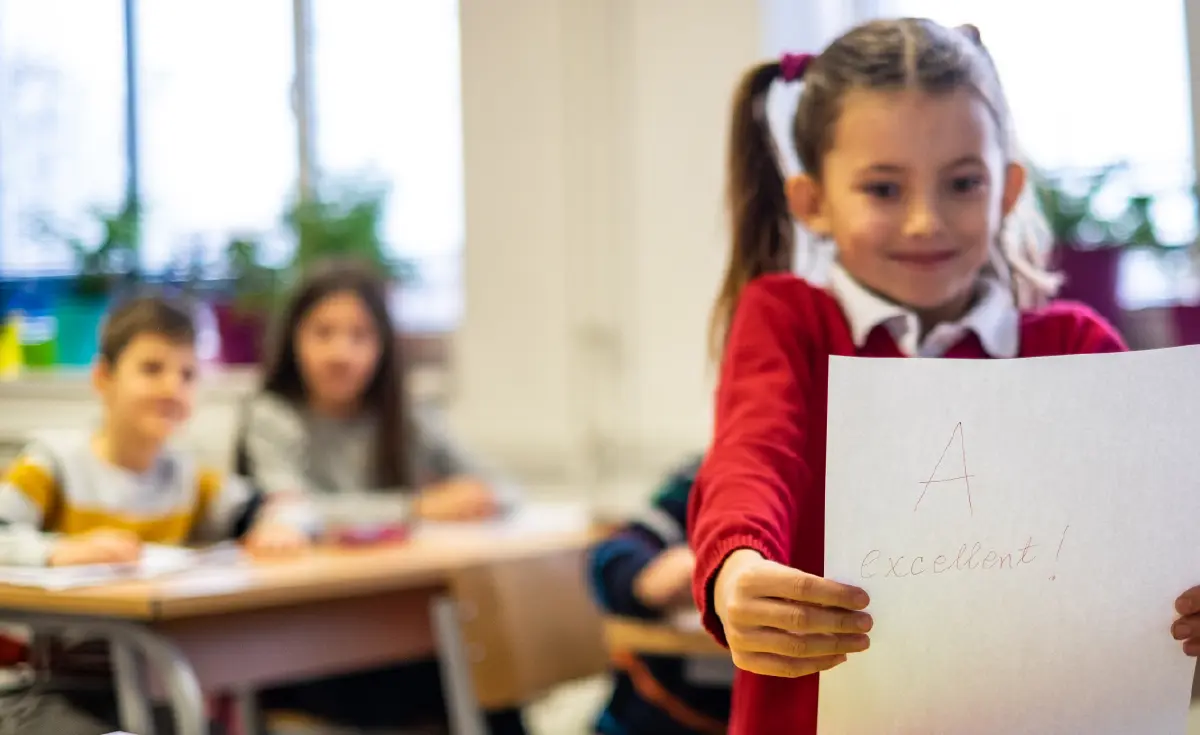
CEO’s note
by Vernon M. Billy

California is in the grips of a student achievement crisis amplified by the impact of natural disasters, rapid change at the federal level, culture wars and a lack of a coherent master plan by state leaders. The achievement gap crisis, left unresolved, will continue to sacrifice human potential, threaten our national security, undermine our economic prowess as a state and nation, and diminish opportunities to strengthen all communities. California’s leaders talk about accelerating student achievement, but as the saying goes, “A goal without a plan is just a wish.” We’ve made enough wishes; it’s time to develop a plan — a master plan — to close the achievement gap.
Instead, the state lumbers along every year proposing new programs, redirecting money, adding more unfunded mandates, tinkering with the accountability system and administering more directives. This does not show a true investment in developing and articulating a coherent strategy that includes annual benchmarks to guide a successful implementation and furthers local efforts to eliminate the achievement gap. To be clear, a master plan for closing the achievement gap should focus on what the state is going to do differently, rather than trying to tell local educators at the district and county level how to close the achievement gap in their local schools. That approach has never borne fruit and only leads to more “hype.”
A master plan for state government is needed to elevate its current efforts and serve as the support LEAs require to eliminate the achievement gap. This would bring transparency to the state’s efforts to strengthen public education, establish clear benchmarks for state action with annual reviews, and link state investments to the Governor’s annual budget proposal, the document that drives state funding and programmatic decisions.
If you doubt this level of focus is necessary, I refer you to the most recent standardized test results. On the 2024 CAASPP, less than half of all California students met grade-level standards in English language arts and just over a third cleared that bar in mathematics. The picture is even bleaker when you look at historically underperforming student groups. Scores for low-income, Latino and African American students were flat in English. In math, they rose by two percentage points, one percentage point and eight-tenths of a point respectively — glacial progress considering the colossal size of the achievement gap.
Just 30 percent of African American students satisfied the state standard in English and a meager 18 percent hit the mark in math. Out of 1.6 million Hispanic students — the state’s largest student population — 37 percent met the state standard in English and only 24 percent in math. At this rate, it would take several lifetimes to bring these struggling student groups up to speed with their higher-performing peers.
In late January, the NAEP, also known as the Nation’s Report Card, delivered a failing grade to America’s schools and illustrated the depths of the student achievement crisis. The test measures academic achievement for fourth- and eighth-graders in all states and the District of Columbia and revealed that national academic performance has yet to regain pre-pandemic levels — which were unacceptably low in the first place. California ranked a dismal 41st in reading and 45th in math.
Even more concerning, scores are headed in the wrong direction, as the lowest-performing students did worse than in 2022, the last time results were published. In fact, the only category of students showing notable growth was the highest-performing tier, meaning the achievement gap is widening in both directions. At the other end of the spectrum, an appalling 7 percent of African American students scored as Proficient or Advanced in reading.
Our state talks a lot about closing the achievement gap and is taking steps in that direction. But the state has never demonstrated or developed a coherent master plan for its operations to close the achievement gap that is surgical and focused. That’s tragic, because whether it’s preparing high school graduates to lead productive lives, building a skilled workforce, preserving the environment or outflanking competitors in the global technology competition, most of California’s challenges will need to be solved by Californians educated in our state, which requires a focus on eliminating the achievement gap and providing all students with a high-quality education.
Our students need more than hype, they need a state master plan addressing how it’s going to support locally elected school district and county board members, and superintendents, to close the achievement gap.
